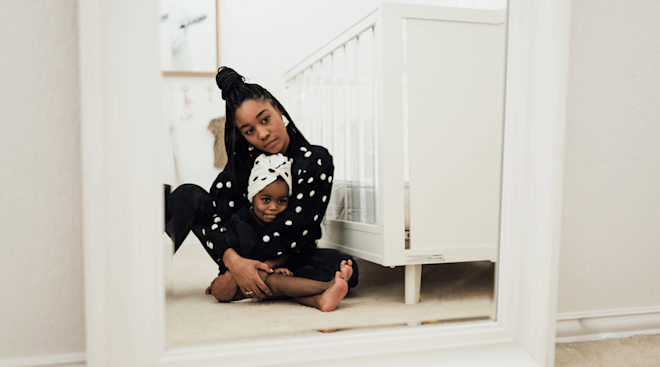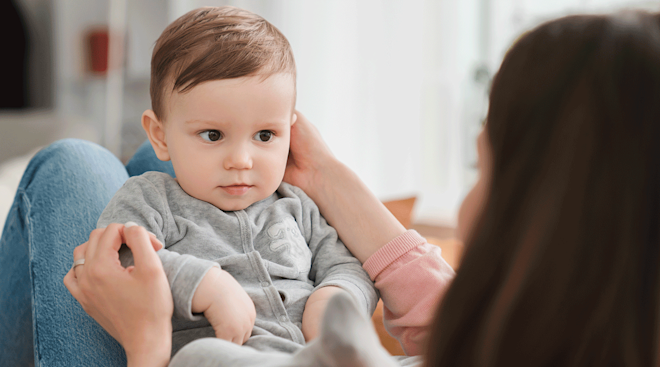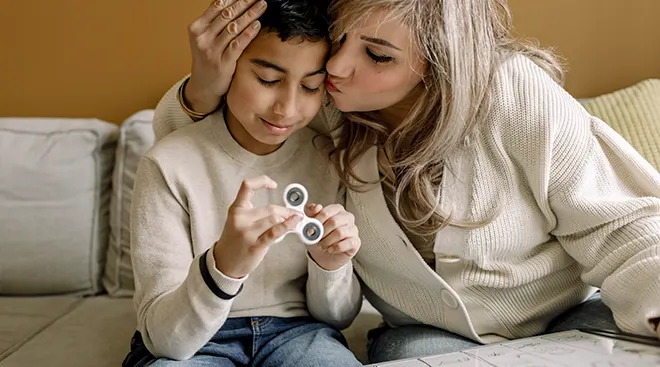Routine Hearing Test Could Detect Autism in Newborns, Study Says
As reports show an increase in Autism cases worldwide, a new study provides hope for earlier diagnoses and more effective interventions. Learn more about how the results from a routine hearing test may be able to change the future of children born with Autism.
What did the study find?
Building upon data collected during a 2020 Harvard Medical School and University of Miami study, researchers at Rutgers University examined fluctuations in brain waves recorded during the Auditory Brainstem Response (ABR) test. Used routinely to assess hearing in newborns, during the test, doctors play clicks to sleeping babies, whose brain response is recorded using soft electrodes.
Researchers found that newborns who later received an autism spectrum disorder (ASD) diagnosis had pronounced delays in their brainstem’s responses to sounds as well as reduced access to sound frequencies. On average, these newborns had a 1.76-millisecond lag in response compared to newborns who developed neurotypically.
The study’s authors believe that with very little effort and cost, these new analytics could be added to routine testing to create a universal screening tool for neurodevelopmental derailment and early warning signs of autism. While not a diagnosis per se, this screening would provide the earliest benchmark for what children need further testing and diagnostic workup.
Why is early diagnosis of autism so important?
The brain develops at a very specific pace which allows certain skills to be learned at certain times than others. For example, for years now, research has pointed to the importance of teaching foreign languages to children at a young age when the circuitry pathways in their brains are still pliable and open to new connections. Simply put, the older you get, the more your brain gets stuck in its ways and becomes less receptive to new information.
Similarly, studies show that most brain-related neurodevelopmental disorders are present before or at birth. During the first 3 or 4 years before autism diagnoses are often made, children’s brains show extreme plasticity, making them the most open to interventional therapies and support. The later a diagnosis is made, the more fully formed brain circuitry becomes, making interventions more difficult and less successful, directly impacting children’s lifelong ability to navigate social interactions and communication with ease.
How long before parents could see this screening in use?
The study’s authors remain optimistic that the implementation of a universal screening is within reach. In conversation with The Bump, the study’s lead author Elizabeth Torres, PhD, said a rollout depends on many factors. She personally hopes to raise funds to launch a study of 3,000 babies over the next 3-4 years, during which she would refine the screening data and delve deeper into developmental sub-classes within the autism spectrum. After the study’s conclusion, the FDA would have to approve the screening before it was widely available for use in clincal settings.
Regardless of whether parents can expect to see a screening like this within the next five years or the next decade, an exciting and optimistic future for earlier autism detection and treatment is surely on the horizon!
Navigate forward to interact with the calendar and select a date. Press the question mark key to get the keyboard shortcuts for changing dates.





















































